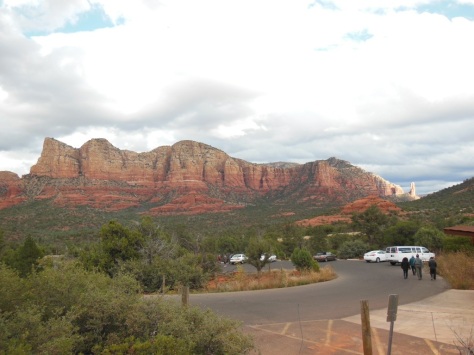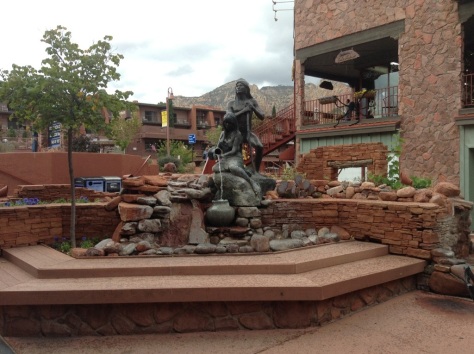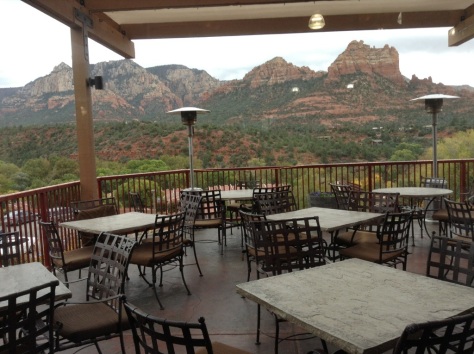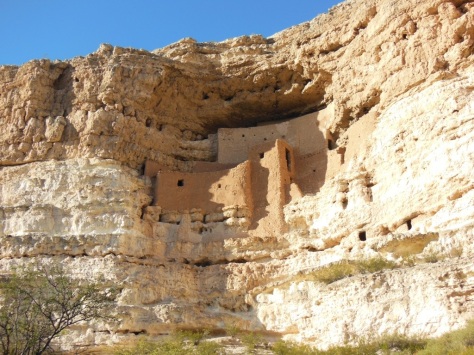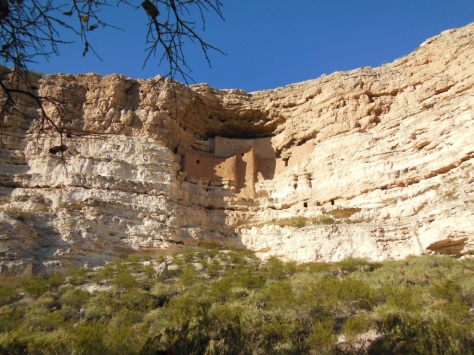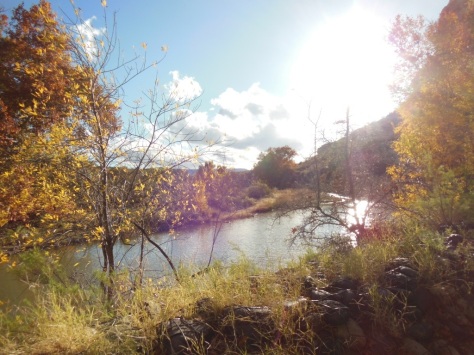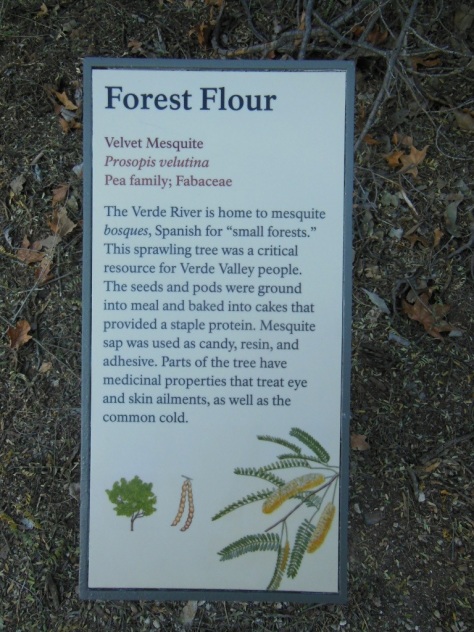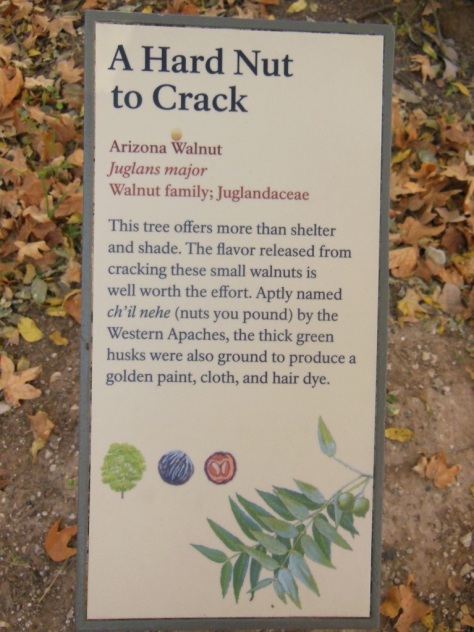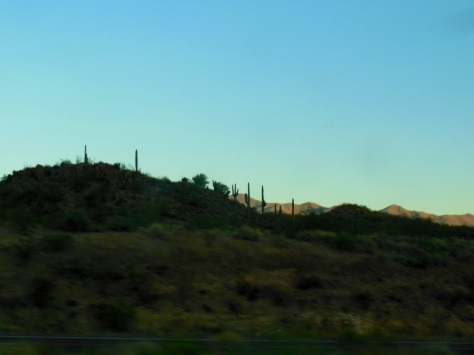The drive from the Grand Canyon to Scottsdale, our pitstop on the way to San Diego, takes us through yet more spectacular scenery and to a town on my to visit list – Sedona.
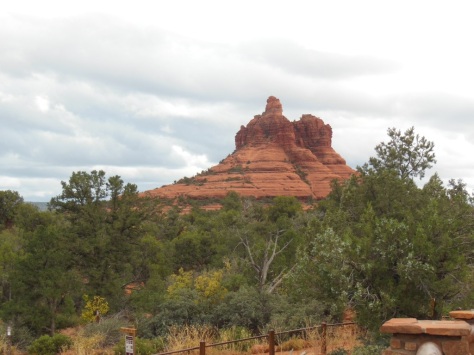
The beauty just keeps on keeping on.
SEDONA
Sedona is home to another beautiful canyon on my bucket list but sadly we only stopped there for lunch. Oh damn, another place I have to revisit. Despite my earlier enthusiasm for the town I found it difficult to engage with it after the highs of the morning. A helicopter flight over the Grand Canyon is hard to top. The strangest thing was my sense of familiarity with Sedona which perhaps contributed to my sense of apathy. It was just like home. It is Byron Bay in the desert:- crystals, psychic readings, hippy clothes, Indian jewellery – some real some fake – and all at inflated prices. Same town, just with an entirely different landscape. Desert canyons and cliff faces rather than subtropical white sandy beaches.
MONTEZUMA CASTLE
Neither a castle nor in Montezuma (Aztec, entirely wrong region), this national monument is the ancient home of the Sinagua Indians just south of Sedona in Arizona. It was misnamed by early white settlers that didn’t know any better. The Indians were a farming people that grew corn, beans, squash and cotton as well as being skilled craftsman making tools and beautiful pottery. The remains of their village can be visited here. It was a five storey, 20 room dwelling built into a cliff face and was abandoned about 700 years ago for reasons unknown.The village was situated right next to the Beaver River which would have provided them with abundant water and therefore fertile land with plentiful wildlife in the middle of this desert environment.
PLANT FILES
One of the best things about Montezuma Castle for me was that they had bothered to identify the plants with great informative signs. Happy horti!
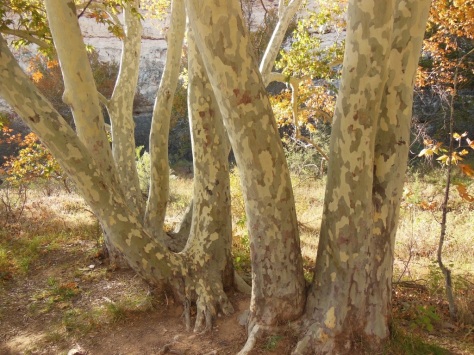
Beautiful bark of the Plane or Sycamore tree
As I was leaving I complemented the ranger the signs and I’m glad I did. She showed me a very special newly “rediscovered” plant from another ancient village site close by known as the Tuzigoot National Monument. We didn’t get to visit there but she told me that the Pueblo an Indians who inhabited that site lived around the same time as those at the Montezuma village. The only trouble is I took just one photo and it was a crap one. Dummy? Me! Doh! My apologies.
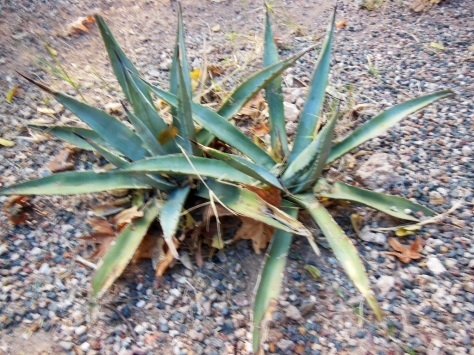
Tonto Basin Agave, Agave delamateri
A hybrid species cultivated by Sinagua Indians. Used as fibre for tools, clothing and food. It was discovered on the site growing unattended for hundreds of years. As Agaves reproduce by putting out “pups”, every plant is considered a clone of the very plants cultivated by the Indians about 1000 years ago. That’s pretty darn cool. The ranger thinks it is one of four “new/old” species.
SEGUARO CACTUS
The drive to Scottsdale brings us into cactus country. The hillsides are populated by thousands of the tall Saguaro Carnegiea gigantea. I was blown away firstly just by how numerous they were. It began with just one or two and quickly became thousands. Tall sentinels for all the world looking like soldiers bearing arms populating hillside after hillside. They can grow to around 20 metres and don’t get their first “arm” until they are about 50-75 years old. Some specimens never get arms and are called spears. Poor armless things. I wonder if they get teased by those gifted with many arms!
Native to Arizona, their growth is dependant on water meaning that those from areas of higher rainfall grow much faster. A fascinating feature of this plant is that their pollination primarily relies on bats. The flowers open at night when they are most fragrant. The flowers remain open during the day and remain attractive to some birds and bees. The Saguaro also has an edible fruit consumed by the natives yet only harvestable with the aid of a pole to avoid the nasty spines. Ouchy.

Me and a very large prick! The one next to me is probably about 200 years old. The spear behind me maybe about 50 and looks as if it is starting to gets its first arm in the top right. I met these big guys just outside Scottsdale.
That might be it for close encounters with nature for a while. We’re off to the cities.
NEXT STOP SAN DIEGO
